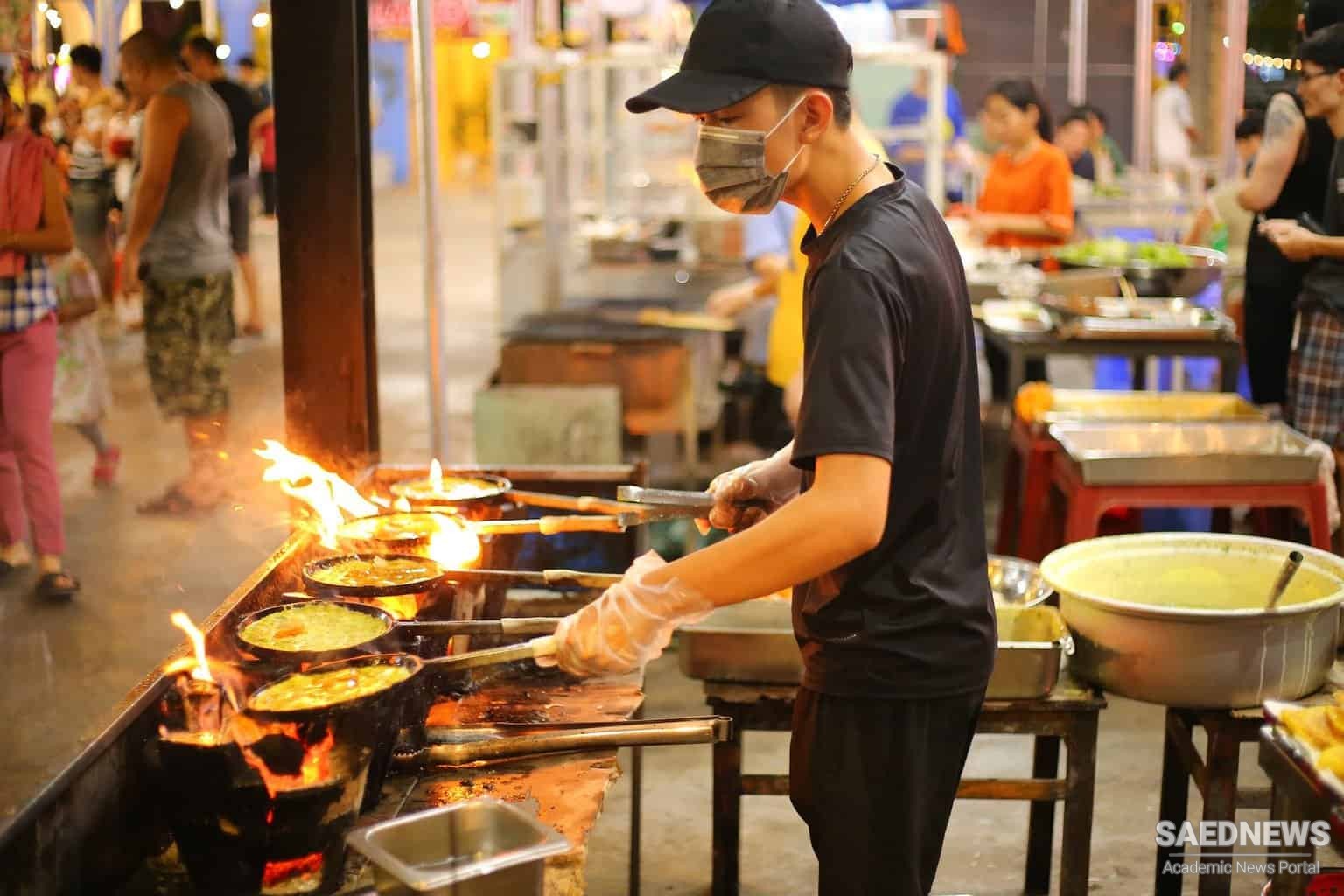Several reasons can be put forward for the growth in attention to food as an area of interest for tourism studies. Since the early 1970s rural regions in industrialized societies have been very substantially affected by successive rounds of economic restructuring. In response to loss of services and traditional markets, and removal of tariffs and regional support mechanisms, rural areas have sought to diversify their economic base, with new agricultural products and tourism being two such responses. Food tourism strategies are therefore a significant instrument of regional development particularly because of the potential leverage between products from the two sectors . For example, in New South Wales (NSW), Australia, former NSW Tourism Minister, Mr Brian Langton, stated that ‘NSW will embrace food and wine as an integral part of the visitor experience, and the focus of food and wine will broaden the destination appeal of NSW, and encourage more first time visitors to come back for seconds’. As part of the food initiatives the state government developed a Food and Wine in Tourism Plan and established a culinary tourism advisory committee. Undoubtedly, the extent of expenditure on food as a component of travel and tourism is significant and helps explain the interests of both government and business. For example, tourism spending on food and dining out in South Africa by international tourists averages 8 per cent of total spending, while the domestic tourist spends on average 24 percent. In Australia, international visitors spent an average of A$4066 on each trip in 1999–2000. Visitors from China spent the most, averaging A$6070, followed by the USA ($5899), ‘Other Europe’ (A$5411) and Indonesia (A$5279). The lowest average expenditure, A$1808 per visitor, was by visitors from New Zealand. The largest expenditure items for visitors from Canada, the UK, Europe and New Zealand were prepaid international airfares and food, drink and accommodation. The only exception was visitors from Germany, who spent a quarter of their total expenditure on package tours. Visitors from the USA spent about one-fifth (18 per cent) of their total expenditure on food, drink and accommodation, around one-quarter (26 per cent) on package tours and just over a third (35 per cent) on prepaid international airfares. People visiting for ‘other’ reasons (e.g. education, employment and health) spent 26 per cent of their total expenditure on food, drink and accommodation. The largest expenditure items of business visitors were prepaid international airfares and food, drink and accommodation (42 per cent and 27 per cent of total expenditure respectively) (Australian Bureau of Statistics, 2000).


 Food as an Essential Element of Tourism
Food as an Essential Element of Tourism














































